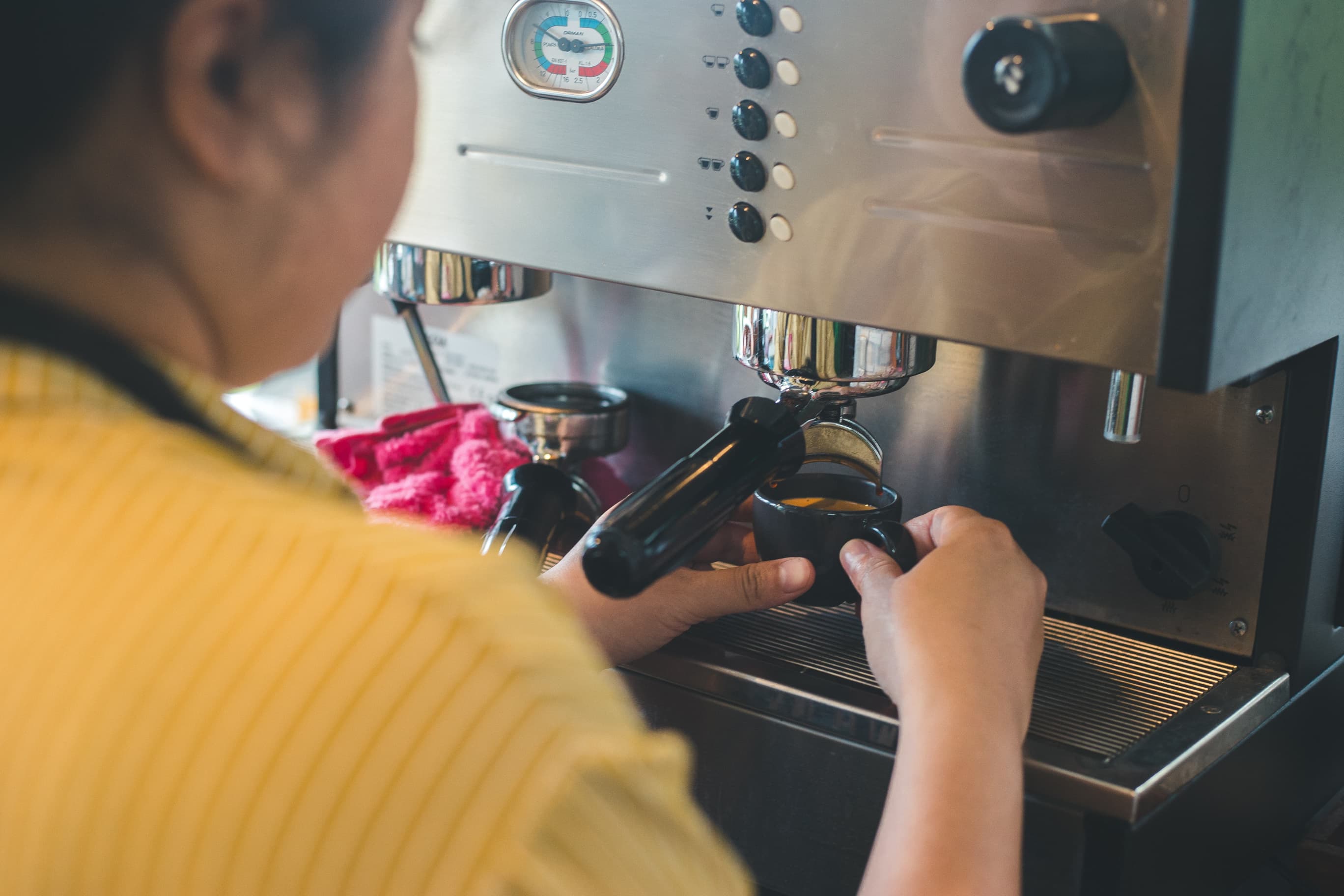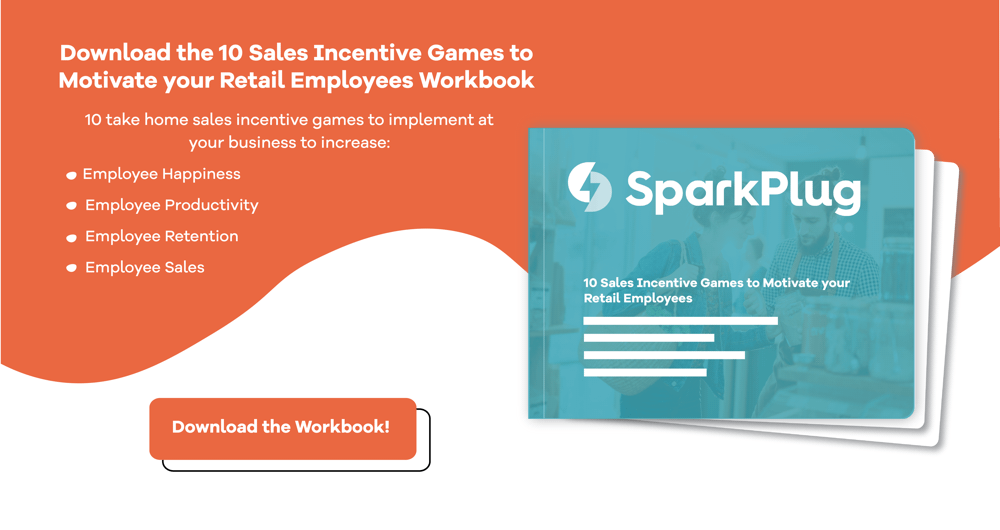After a period of decline, labor unions in the US are seeing a resurgence in popularity. Especially surprising is the success of the recent Starbucks unionization.
At just 3.4%, the food and beverage industry has a low rate of unionization compared to the average of 10.8%. But recently Starbucks hit the headlines with a string of more than 50 successful unionization votes at stores across the country.
Sparked in part by difficult working conditions during the pandemic the move was initiated by baristas who felt underpaid, unappreciated, and under-trained.
Starbucks workers’ unionization efforts have bucked the trend of failed votes, paving the way for similar restaurant and food-service workers to follow suit. As a result, businesses across the US are looking for ways to improve morale and demonstrate their commitment to improving working conditions for disgruntled workers.

What happened at Starbucks?
December 2021 saw a historic vote at a Starbucks coffeehouse in Buffalo, New York. The baristas at the Buffalo store had been eyeing the move as far back as 2019, but it wasn’t until early 2021, after the pandemic restrictions had demoralized workers and The Great Resignation was in full swing, that they kicked into gear.
A group of workers formed a committee and sent a petition to the National Labor Relations Board, the government body that regulates union activity. Despite pushback from the company, the vote was won by the pro-union workers 19 to 8.
It was the first of more than 8,000 corporate Starbucks locations to form a union and sparked a trend that quickly swept the company.
Since December, more than 50 Starbucks locations have held similar votes, including the brand’s flagship store in Manhattan, which was the largest to unionize. And there are many votes still to come.

Why was it successful?
The pandemic was a time of uncertainty and fear. Frontline workers were asked to put themselves in harm’s way and work longer hours without receiving anything extra in return.
Faced with no other option, employees were forced to roll with the punches and show up and clock-in. But as restrictions rolled on and the public grew increasingly tired of the situation, workers understandably started to question why they were expected to bear the brunt of the collective ire, without seeing compensation in pay and benefits. The resentment galvanized employees to do something.
In addition, the current labor shortage puts workers in a better bargaining position with employers. It’s only natural they would leverage that position and unionizing gives them a seat at the table.
Workers were simultaneously frustrated and emboldened – the perfect combination of emotions to inspire action. And once the first store was successful, other locations were bound to follow suit.
As the labor shortage continues and employees at other companies look at Starbucks as inspiration for their own labor movements, employers need to look at ways to improve the morale of industry workers.
How brands can increase employee satisfaction
In retail and restaurants, where workers are often considered flighty, employers tend to fear union activity, thinking that it gives employees the opportunity to extort the business for more than they deserve.
But if the Starbucks union movement has taught us anything, it’s that these employees were pushed to the limit before they started looking for a solution. It took a year of unprecedented challenges and sacrifices to push them over the edge and get enough workers sufficiently bought-in to win the first vote.
Rather than seeing unionization as an attack, businesses can learn from the situation unfolding at Starbucks. Workers need to feel motivated and satisfied in their roles; they want to feel valued and they want their efforts recognized and compensated.
The Great Resignation has seen employers offer bonuses and higher wages, but there are more sustainable ways to motivate employees.
Give them a vision of a future in the industry by upskilling employees and promoting from within. Foster a culture of loyalty and commitment and you will see a positive flywheel effect. Motivate frontline employees with incentives that keep them engaged and align their goals with those of the business.
Rather than giving them more money for the same hours, offer the chance of more money for better performance. That’s what really motivates employees and turns them into long-term assets to the company.
Smart commission programs, leaderboards to promote healthy competition, and ambitious sales goals that drive profitability could be key in keeping your teams motivated and happy in their work.
Unions are a signal for change
Restaurants and retail outlets can use the unionization of Starbucks as their catalyst to make changes. In an employee’s labor market, something has to be done. Businesses can retain more staff by properly motivating employees and offering them a path to a successful career.
Not only will you have happier employees who stay loyal for longer, you should see a revenue boost as they are motivated to give excellent service and make more sales.
Contact us to see how SparkPlug can help you better motivate and engage your employees.





